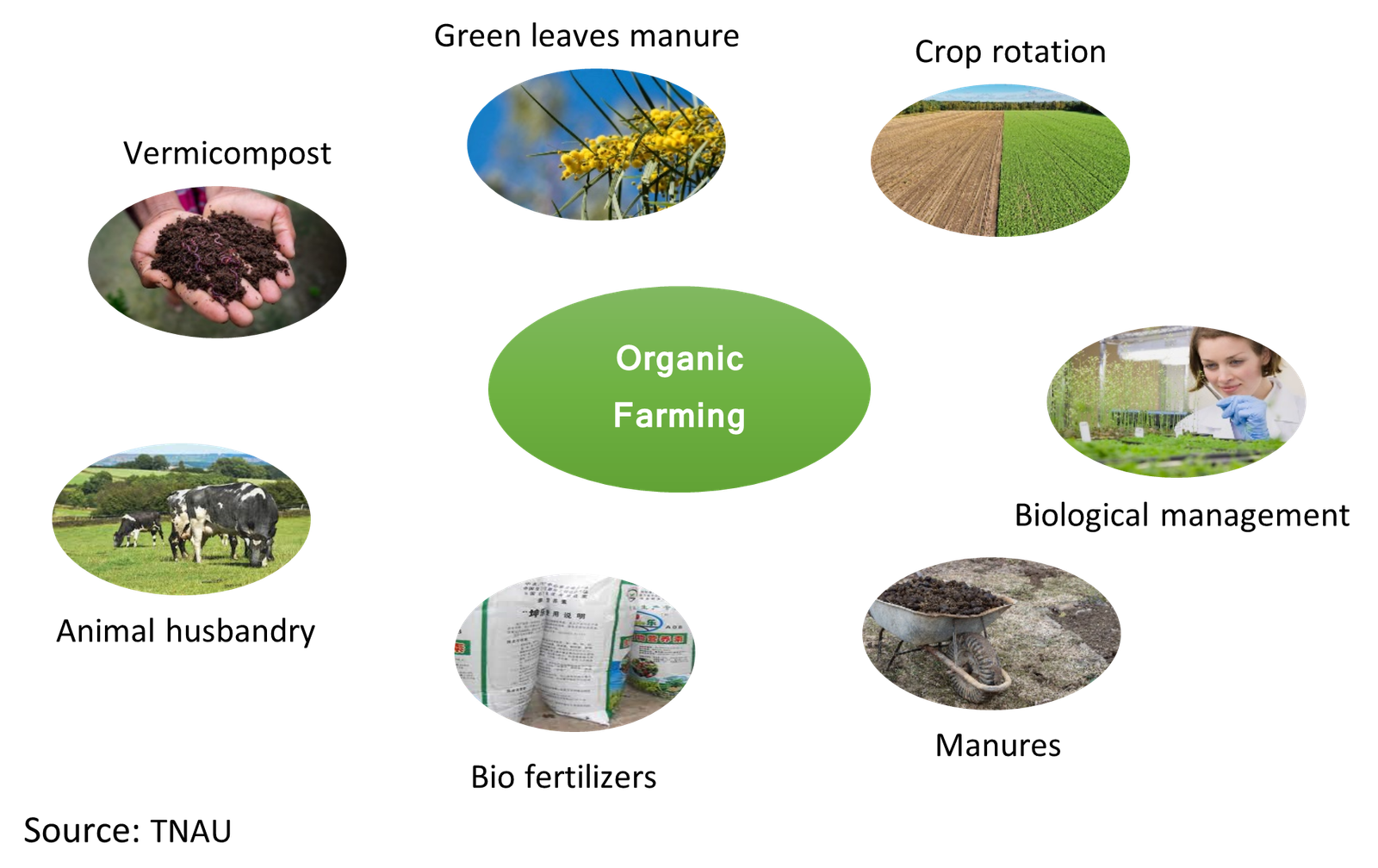The increase in lifestyle diseases across the country as a result of dietary and lifestyle choices is bringing about a growing awareness of the value of organic food among the populace. One of the main causes of lifestyle diseases is malnutrition and unhealthy eating choices.
Any produce can be referred to as organic if it has been grown on soil where no prohibited substances were applied for three years prior to harvest. The majority of synthetic fertilisers, insecticides, and genetically modified organisms used on livestock are prohibited substances (GMOs).
According to the latest study conducted by imarc, The India organic food market is expected to exhibit a CAGR of 25.25% during 2022-2027.
Over the past few years, increased health consciousness and interest in organic products have contributed to a more scalable reach. Over the past five years, the market, which initially occupied only a small number of retail store shelves, has roughly tripled that number as per the IBEF study.
The preference for organic food is expanding quickly due to the health advantages linked with its intake and the rise in ailments brought on by the excessive chemical pollution of conventional food. The steady emergence of organic food as a necessary component of the upper-class population in India’s daily diet is also a promising sign for the numerous prospects this industry will have in the years to come.
Traditional markets including the United States, the European Union, Canada, Switzerland, Australia, and New Zealand are among the biggest importers of organic products from India. While Europe and North America are still the two regions that buy the most organic food, Asia’s organic food market is anticipated to develop at the fastest rate over the next five years. In fact, the expanding opportunities outside of the established export markets may open up new growth prospects for Indian exporters in the years to come.
Organic farming:
Organic farming, put simply, is going back to the basics. In contrast to conventional farming, it is a sustainable farming method that maintains the soil’s life and health by using organic wastes like animal, crop, and farm wastes, aquatic wastes, and other biological materials, as well as beneficial microbes (biofertilizers) to release nutrients to crops for increased sustainable production in a pollution-free environment.


Land requirements for organic farming:
When a farmer switches from conventional to organic farming, both the land and the farmer go through changes. Some management measures may be necessary throughout the conversion period but not after the organic system is in place. Establishing an agricultural system that will be effective over the long haul may need modifications to infrastructure, livestock, crop rotation, and soil management. Conversion takes at least three years. Farmers may notice a decrease in yield through the transition phase, but this will ultimately increase after a reasonable period of time.
The largest area dedicated to organic farming:
Madhya Pradesh has the highest percentage of land used for organic farming in India (27%, or 11.61 lakh hectares) (Source: APEDA). About 2.68 lakh hectares of this area are used for organic tribal or wild farming. Reports stated that 9.8 lakh metric tonnes of organic production were made overall. According to a NABARD estimate, organic product worth Rs 1.67 lakh crores was exported from the state in 2019.
Madhya Pradesh has significant organic clusters at
- Badwani
- Jhabua
- Allirajpur
- Chhindwara
- Mandla
- Dindori
- Balaghat
- Sheopur
- Guna
- Narsingpur
- Katni
- Mandsour
Challenges faced by the Indian Organic Food Market:
-
Lack of Awareness
-
On the consumers End
-
In Indian society, there is still a stigma against eating organic food, which makes it seem more like a luxury or status symbol than a standard. The quality of one’s life, in the opinion of many, is represented by it. As a result, the word-of-mouth distribution method may have raised awareness of the phrase “organic,” but more as a status symbol than as a sustainable solution.
-
-
On the farmers end
-
Indian farmers have a very low literacy rate, making them susceptible to influence from those who may persuade them to engage in conventional farming methods in order to obtain higher yields. It is a significant problem to educate farmers about organic farming, demonstrate its sustainability, and persuade them of its long-term benefits.
-
Hostile Retail Market:
Instead of taking a chance on shelf space for an unproven organic product, retailers always choose to stock the shelves with a fast-moving, less expensive product. On the other side, the word “organic” makes the retailer worried about their return on investment. As a result, there is a significant disconnect between the buyer and the seller of organic food products in the Indian market.
-
Price of the produce:
Customers who are price-sensitive and have a wide range of disposable income are found in Indian markets. Therefore, even a small variation in food product costs can cause someone to choose a less expensive alternative rather than one that is higher in quality and priced fairly. As a result, a sizable portion of the Indian diaspora choose not to purchase organic food products.
-
Government support:
Currently, the governing authorities’ subsidies for chemical fertilisers make them more affordable and accessible for the agricultural sector. Therefore, it is crucial to raise farmers’ awareness of the advantages of organic farming while also providing them with the necessary administrative support. Along with this, a safety net of crop loss reimbursement and subsidies for organic farming will also aid in expanding India’s market for organic foods.
Brands in this space:



